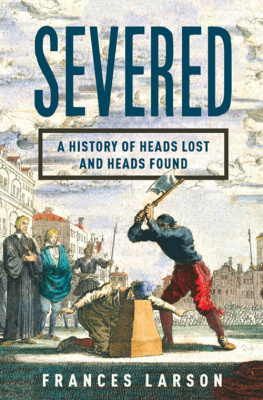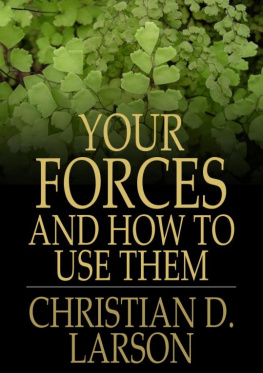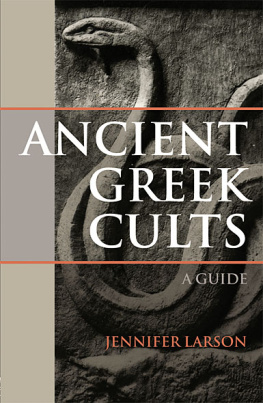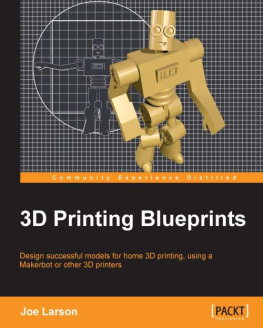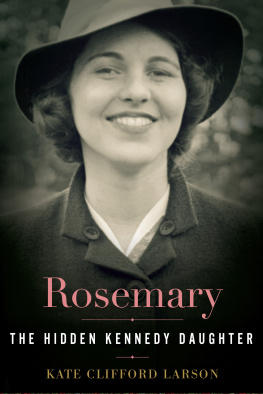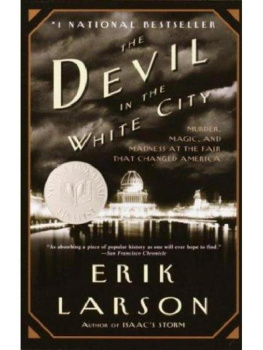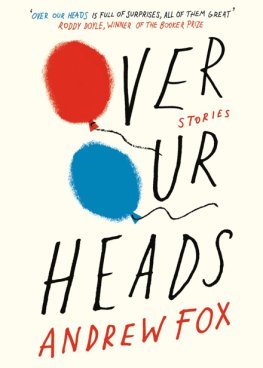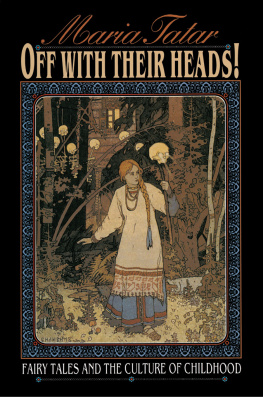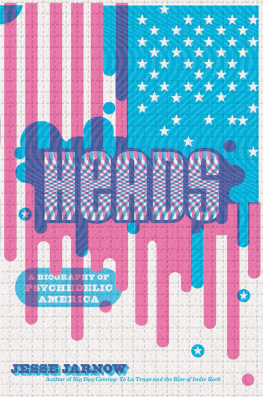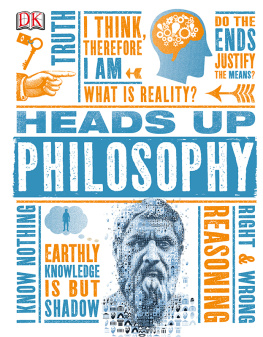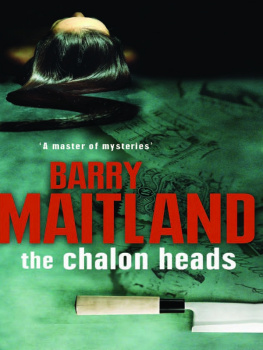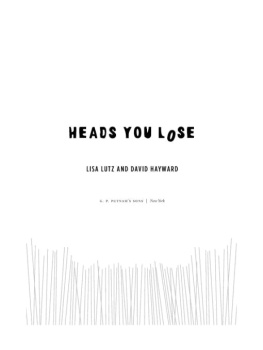
I would like to thank Sam Alberti, Ken Arnold, Chris Gosden, Laura Peers, Alison Petch, Evelyn Tehrani and Jamie Tehrani for reading earlier drafts of this book and giving me their advice. Thomas Cucchi and Una Strand Viarsdttir read individual chapters for me. Ophlie Lebrasseur helped me with French translation, and Domenico Fulgione helped me with Italian translation. Ross Barnett was a mine of information.
Laura Ferguson and Joyce Cutler-Shaw talked to me about their work as artists, and Alistair Hunter generously gave his time to help me understand the world of the dissecting room.
Wendy Moore sparked a chain of events that led to this book, for which I will always be grateful. Patrick Walsh has been its champion and my mentor. I would like to thank Philip Gwyn Jones, Max Porter, Anne Meadows and the team at Granta, and Bob Weil and the team at W.W. Norton, for their help, support and advice at every stage.
Rachael Tufano has gone beyond the call of duty, and always with a smile, to open up a space for me to work. My parents have given their energies to this project in more ways than can be mentioned. This book is dedicated to my husband, Greger, with my love and thanks.
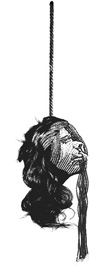
I was on my own, thinking about writing this book, when I went to see the shrunken heads at the Pitt Rivers Museum. My solitude offered me a moment of contemplation. The heads hang from cords inside their glass case: their features are set, their eyes are closed, their hair falls long and still below them. It must be quiet in there. They are withholding their secrets. Staring at them felt like a vulgar intrusion, but I stayed to stare nonetheless. I was trying to reconcile their bloody history with their inanimate presence before me.
Visitors came and went around me, and as they stood in front of the exhibition case with their families and friends, I overheard their reactions. Groups of children declared the heads scary and cool, while numerous adults said they were disgusting or horrible. Everyone wanted to know the same thing: were they real? How were they made? We were all trying to understand how these artefacts came to be. Objects that defy the practicalities of their own creation acquire a little magic, and it was the nature of the transformation from person to thing that enchanted us.
The shrunken heads in the Pitt Rivers Museum were made, around one hundred years ago, by the Shuar, who live in the tropical rainforest of the Andes and the Amazonian lowlands in Ecuador and Peru. The Shuar shrank heads by removing the dead mans skull, and all the flesh and muscle from the skin, before filling it repeatedly with hot pebbles and sand until it was only a little larger than a mans fist. To the Shuar, these practicalities served to harness the extraordinary power of their victims soul and were part of complex ceremonies that lasted many years, but to the visitors who confront the shrunken heads, or tsantsas, in their glass case in Oxford today, it is these practicalities that are often an end to the story in themselves.
Visitors to Oxford see the tsantsas hanging in a museum that is dedicated to the variety of objects people make and use around the world. Their environment draws attention to their materiality, but when they were made, their materiality was one of the least important things about them. Once the Shuar had successfully harnessed the power in the tsanstas for their own community, the heads themselves might be buried, thrown away, or sold to traders. Now they are in Oxford, they cannot be thrown away. In fact, quite the opposite they have become the centre of attention.
From in among the ceremonial knives, netsuke and trephination tools, the shrunken heads exert a greater pull on the museums visitors than any other exhibit. While I was there a gallery attendant proudly brought over a bemused young woman, telling her, This is one of the most fascinating artefacts in the museum. People come from all over the world to see the shrunken heads. In the press, the Pitt Rivers has been called simply the Shrunken Head Museum, and the museums press officer has great difficulty preventing every photographer who visits from rushing round to the shrunken heads to take an attention-grabbing photo, and stopping the constant slew of adjectives like gruesome and exotic and weird that crop up in newspapers that mention the museum in what to do at the weekend features.
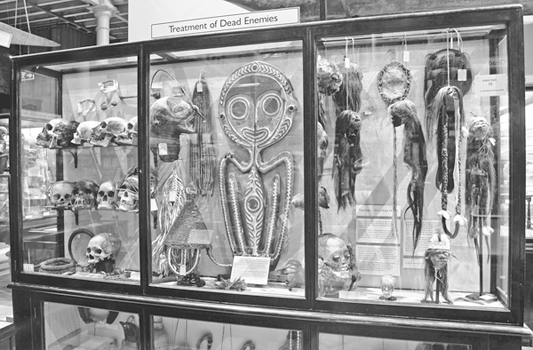
Tsantsas on display in the Treatment of Dead Enemies exhibition case at the Pitt Rivers Museum.
Being famous for a display of human body parts puts the museum in a difficult position, and there are ongoing debates among the staff about what should be done with the shrunken heads. Some people think that they should be taken off display, because it is disrespectful to treat the dead as curiosities to be gawped at by strangers. It does not help that visitors frequently use words like bizarre and barbaric to describe the shrunken heads, despite the labels that explain how and why they were created.
The shrunken heads are part of a display called Treatment of Dead Enemies that includes decorated skulls and ceremonial dress from India and the Pacific Islands as well as South America. The text panels explain that many cultures, including our own, displayed the heads of enemies; and an engraving showing the heads of the Gunpowder Plot conspirators, staked up on poles in London in 1606, underlines the point. The South American heads are presented in their cultural and historical context, and their ritual significance, as well as their popularity with European collectors, is explained.
Even so, the power of the Shuars technological achievement is almost unassailable. Being separated from the circumstances of their creation by an unfathomable distance in time and space makes the heads appear unreal to an outsider. Visitors looking at the heads sometimes refer to films claiming, for example, thats the one from Harry Potter... (its not) as though they belong in a fantasy world of our own making.
Curators at the museum are all too aware of the fact that these reactions perpetuate problematic national stereotypes. The Shuar have become known to the outside world as those South American headhunters. If the identity of the Pitt Rivers Museum has merged with its collections of shrunken heads, that is nothing compared with the way in which an entire people has been typecast by museum displays like these.
Visitors say, Real shrunken heads! Wow! How were they made? By slitting the skin, taking out the skull and brains and steaming them with hot sand? Gross! But what no one asks is: how did they get here? What are they doing hanging up in a university museum in the south of England? Once you start to answer that question, you realize that shrunken heads like these are a product as much of European curiosity, European taste and European purchasing power as they are of an archaic tribal custom. It is time to turn the spotlight round and point it back at people like you and me, and at our ancestors, who were responsible for bringing hundreds of these heads into museums and peoples homes and who delighted in them as much as if not more than the people who created them in the first place. After all, it is not the Shuar who are pressing their noses to the glass of an exhibition case in an Oxford University museum.
The heyday of Shuar headhunting, in the late nineteenth century, when head-taking raids were occurring roughly once a month and involved hundreds of people, was driven by a booming international trade in shrunken heads. Back in the cities of Europe and America, shrunken heads from South America, India and the Pacific Islands could be found in shops and auction houses, in museums and in peoples houses. They always sold well, and gradually supply rose to meet demand. It was simple: Europeans wanted Shuar shrunken heads and the Shuar wanted European knives and guns. The shrunken heads in our museums are not the remnants of some untouched, savage way of life as much as they are the product of the economics of colonial expansion and the power of a fantasy about savage culture. The most famous headhunting cultures, far from being stuck in time, were responding to foreign tastes.
Next page
